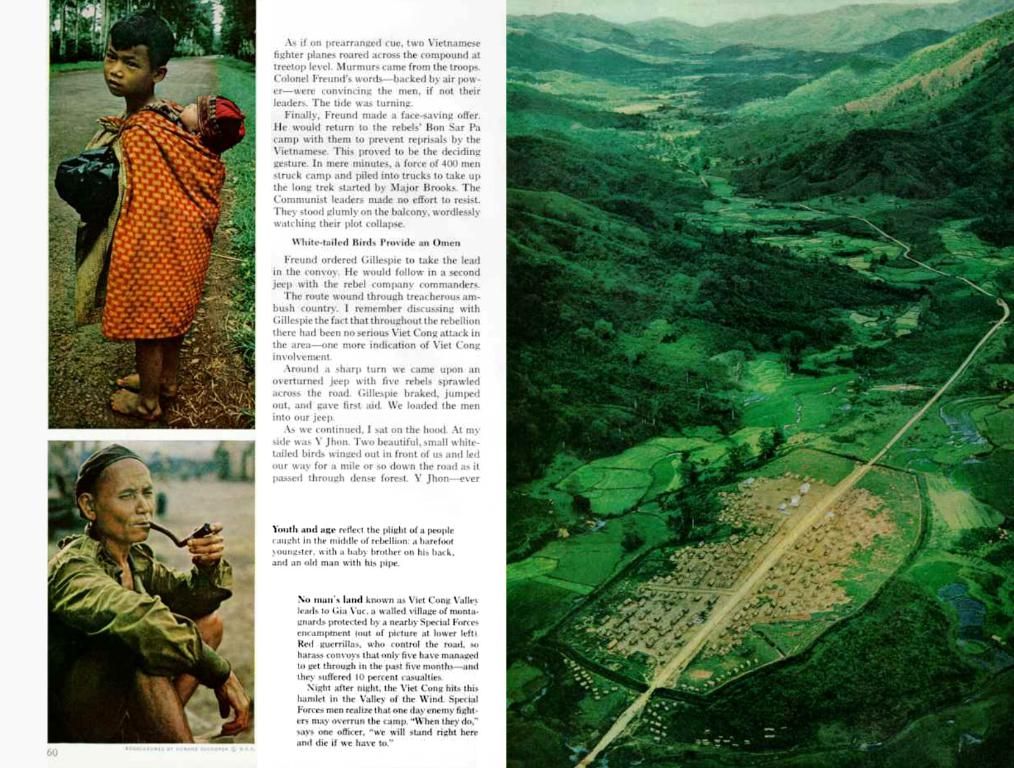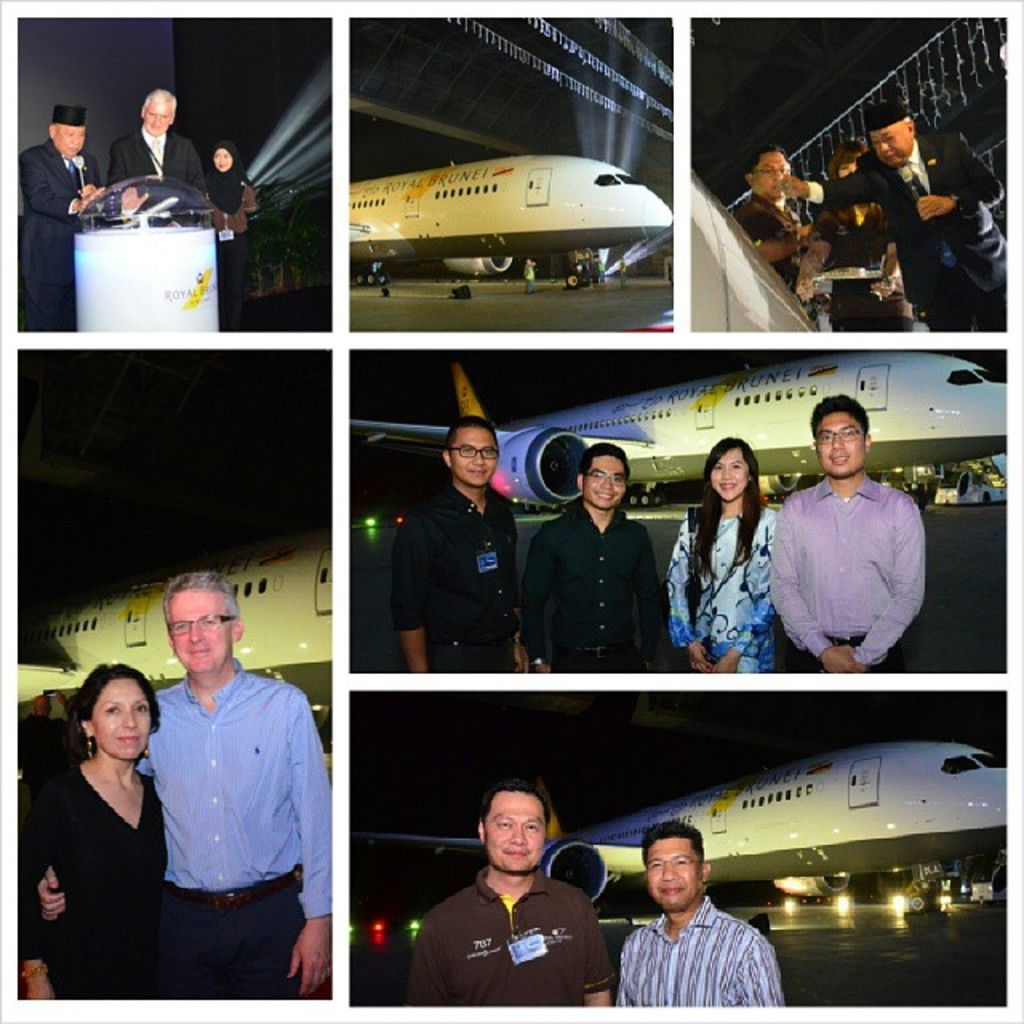Artistic Showcase at MNU Delves into Central Asia as Seen Through the Perspectives of Western Explorers
Laid-Back Lowdown on Armin Vambery's Journey Through Central Asia
Let's dive into the first exhibit of a captivating series dedicated to the insights of Western explorers and travelers about Central Asia. This showcase, held at Maqsut Narikbayev University (MNU), is all about Armin Vambery, the legendary Hungarian orientalist who is one of the brainiacs behind global Turkology.
The joint effort between MNU and the Hungarian Embassy in Kazakhstan, this project is on a mission to shed some light on Central Asia's rich history, seen through the lens of Western ethnographers, travelers, linguists, and orientalists.
Hungarian Ambassador to Kazakhstan, Otto Ivan Rona, kicked off the event by acknowledging Vambery's impact: he was a trailblazer who fired up discussions about the Hungarian language's origins. His research kicked off the quest that's still relevant today: whether the Hungarian tongue belongs to the Turkic or Finno-Ugric family. Vambery's works paved the way for strengthening the spiritual alliance between Hungary and the folks of Central Asia – a bond that's endured all these years.
Vambery's journey in Central Asia penned lively accounts of daily life, complete with stunning illustrations highlighting landmarks like the Khoja Ahmed Yassawi mausoleum in Turkistan.
The show boasts a remarkable artifact: a first-edition print from Vambery's 1868 travelogue "Journey through Central Asia." Also, you can feast your eyes on a collection of historic images that depict life in the region.
Yerkin Tukumov, director of the Kazakhstan Institute for Strategic Studies, emphasized the impact Western travelers and scholars have had on the region. From influential figures like Marco Polo to Thomas Atkinson and Armin Vambery, these trailblazers unveiled the region to the world and initiated discussions between East and West. Tukumov believes that Vambery's expedition was more than just an academic journey – it was a quest for identity, connection, and understanding between people.
Vambery was no ordinary traveler; he donned the guise of a humble, wandering dervish to tread across the heartlands of Central Asia, braving personal risks to delve into local cultures and uncover their stories. Instead of seeking advantage, he sought knowledge. His expedition was about forging connections rather than dictating terms.
Tukumov concludes that Vambery documented more than just geography – he captured the spirit of the ancestors of the region, preserving their dreams, languages, and tales for us today. His legacy serves as a thread that binds our shared human history together.
Information provided by Olzhas Berkinbayev, director of the Public Relations Department and press secretary of the Kazakh Ministry of Science and Higher Education, underscores Vambery's impact on the Central Asian region. Babakumar Hinayat's words echo praise for the man who paved his own path to knowledge. Without formal education, Vambery established the world's first Turkology department and contributed significantly to the field of orientalism in Hungary. He also put forth the Turanism idea, emphasizing the links among Turkic folks.
Vambery first set off to Istanbul at the tender age of 20, a budding linguist with a passion for tracking the Hungarian people's Turkic heritages. His linguistic aptitude scored him a gig as the secretary to the Ottoman foreign minister. By the time he was 29, he already earner recognized as a corresponding member of the Hungarian Academy of Sciences. In 1862, they funded his expedition to the Middle East and Central Asia – a challenging journey for the time. The exciting disguise of a dervish allowed Vambery to traverse Türkiye, Iran, the Khanate of Khiva, and the Emirate of Bukhara, making a name for himself as a scholar of the East.
In Vambery's works, bridges symbolize trade, travel, and cultural exchange, reflecting the vibrant life of the region. The outcome of his expedition led to the publication of the book "Bukhara, or History of Maverannahr from Antiquity to the Present Day." In 1873, it was translated into Russian by Pavlovsky and remained a critical resource for understanding Central Asia's political and social dynamics.
Berkinbayev concludes that Vambery's works provide an essential foundation for reviving historical consciousness, giving us an opportunity to look at our history through a different lens. His diligent research ensures we can keep exploring and understanding the rich tales of Central Asia for years to come.
- The exhibit at Maqsut Narikbayev University, in collaboration with the Hungarian Embassy, is focusing on Armin Vambery, a key figure in global Turkology, showcasing his travels and insights about Central Asia.
- Otto Ivan Rona, Hungarian Ambassador to Kazakhstan, highlighted Vambery's impact, mentioning his groundbreaking research on the Hungarian language's origins and the implications for its categorization.
- The series of exhibits aims to present Central Asia's history as seen through the eyes of Western ethnographers, travelers, linguists, and orientalists, including Armin Vambery.
- The showcase features a first-edition print of Vambery's travelogue "Journey through Central Asia," along with a collection of historic images of the region.
- Yerkin Tukumov, director of the Kazakhstan Institute for Strategic Studies, believes that Vambery's expedition was a significant quest not just for academic knowledge, but also for identity, connection, and understanding.
- Vambery, disguised as a wandering dervish, courageously explored the heartlands of Central Asia, delving into local cultures and languages, shaping the field of orientalism and Turkology in Hungary.


![Shocking Allegations Against [Name]: Potential Financial Misconduct Uncovered in Substantial Investigation Display at MNU Highlights Central Asia as Viewed by Western Explorers](https://mindexpand.top/en/img/20250501131152_pexels-image-search-headline-image-description.jpeg)





